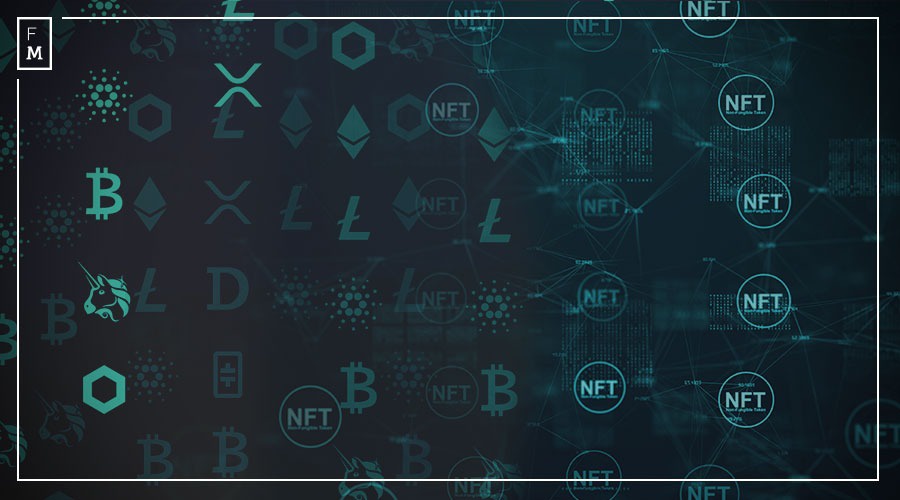It all started with Taproot, the most ambitious upgrade in Bitcoin’s history that went live in November 2021, the first major upgrade since the Segregated Witness (SegWit) update in 2017.
The Taproot upgrade significantly improved the efficiency, scalability, and privacy of the Bitcoin network and allowed for more sophisticated smart contracts and transactions to be created.
However, this upgrade didn’t really take off until this year when a project called Ordinals introduced a new use case to the Bitcoin network — NFTs.
Bitcoin Ordinals: The Idea and the Base
NFTs saw an explosion in popularity in 2020, but they were mostly minted and traded on the Ethereum blockchain. With the release of Ordinals from ex-Bitcoin Core collaborator, Casey Rodarmor, NFTs are finally appearing on Bitcoin.
Ordinals use Bitcoin’s scripting language and Simple Ledger Protocol (SLP) to build a new kind of Non-fungible Token.
While the ordinal inscriptions first began in mid-Dec. 2022, they didn’t catch on until late January this year. According to Dune Analytics, 641,143 ordinals have been inscribed to date.
But, What Is It Exactly?
Ordinal Theory is a numbering scheme that assigns a number to each Satoshi (or sats which is 1/100,000,000 of a whole Bitcoin), allowing each sat to be tracked and transferred. These numbers are referred to as Ordinals.
Each Ordinal is numbered in the sequence they are mined. The creation of Ordinals allows for digital assets, such as NFTs and stablecoins, to be attached to the Ordinal.
Ordinals can further be engraved with content, such as images or video files, through a process called inscription. This creates collectibles or on-chain cryptographic artifacts, now commonly known as Bitcoin NFTs.
The difference between these NFTs and the NFTs typically found on Ethereum is that this new kind of Bitcoin NFT is stored permanently directly in the Bitcoin Blockchain, while the traditional NFT is stored on third-party databases, with the collectors in possession of only a link to that file within their digital wallet.
This makes Bitcoin Ordinal NFTs far more attractive for collectors looking to store their NFTs for an extended time without worrying about their NFTs disappearing. In February, Ordinal NFT popularity skyrocketed, increasing 25% in the average network fees per block, consuming nearly 30% of the maximum block space.
While Ordinal NFT activity has grown tremendously, some groups in the Bitcoin community are against this new use…
























